What Hazards May Result from America’s Fivefold Increase in LSD Use?
When a person decides to try LSD, they are probably envisioning a positive result—but the actual outcome may be anything but positive.
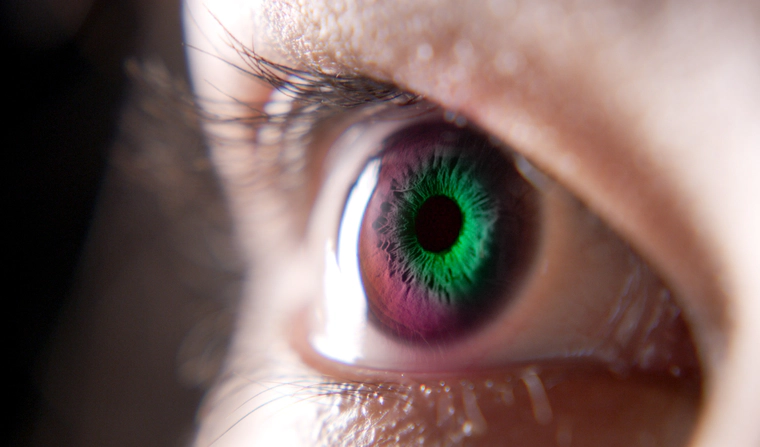
A number of recent studies have shown an unusual trend in drug use in America: a fivefold jump in the use of LSD, also known as lysergic acid diethylamide or acid. LSD became widely known in the 1960s, popularized by individuals such as psychologist and author Timothy Leary. Leary was a leader of the psychedelic drug and counter-culture movement of the 1960s that spread from one college campus to the next. He encouraged the use of LSD and other psychedelic drugs such as mescaline and psilocybin.
After the high levels of LSD use in the 1960s, the number of users dropped until the mid-1980s. There was a significant rise in the 1990s, and then the trend reversed again. In 2004, the number of 19- through 30-year-olds who had used LSD in the prior 12 months was at its lowest point since that age group was first tracked: Only 0.8% of this age group used the drug in 2004.1 By 2020, however, the number of young adults using LSD in the prior 12 months was at its highest since 1988: 4.7% of 19–20-year-olds had used the drug.
What was the reason for this increase? And what problems could arise from the greater distribution and use of LSD?
A Closer Look at LSD
Lysergic acid diethylamide is a strong hallucinogen, meaning that one of its primary effects is hallucinations. These hallucinations may affect any of the senses. The user may also suffer from delusions or an artificial euphoria. Their perceptions of touch, hearing, sight, and time may also be distorted.
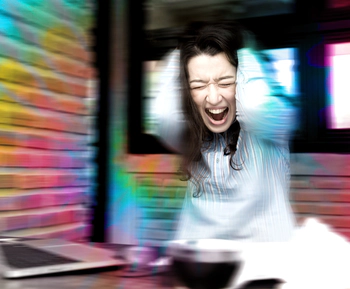
Some people suffer panic attacks and terror and may fear that they are dying. The most common symptoms that send people to emergency rooms are anxiety, panic, and confusion. There are physical symptoms as well, such as sweating, sleeplessness, loss of appetite, and dilated pupils.
But these are not the only adverse effects of LSD. It is also possible to suffer symptoms of a psychotic episode after taking LSD. Some symptoms of LSD use can persist long after the other effects of the drug have worn off and can even recur weeks or months later as “flashbacks.”2
LSD is often classified with other “club drugs” like ecstasy, cocaine, methamphetamine, ketamine, and GHB. Alcohol and marijuana are also frequently used in dance and music venues, and a drug user may mix and match any of these drugs as they chase a particular drug-induced effect.
How Big Was the Increase in Use?
Multiple studies in the last decade have documented a significant increase in LSD use.
-
A 2020 study revealed that, just between 2015 and 2018, past-year use among those 18 and older increased by 56.4%.3
-
Among those aged 26 to 34, use increased from 19.6% to 31.1%.
-
Among those aged 50 and older, use increased from 1.83% to 2.66%.
-
Another 2020 study reported that from 2002 to 2018, there was a 200% increase in use, particularly marked among those who were well-educated.4
-
A study of people who attended electronic dance parties in New York City between 2016 and 2019 found that LSD use increased from 9.9% of these users to 16.6%.5
Why Was There Such an Increase?
There are four causes that could explain these increases.
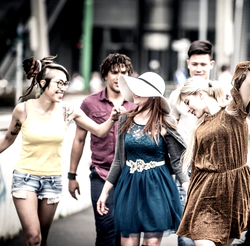
-
Generational Forgetting: There is a phenomenon related to drug abuse called generational forgetting. This term refers to the fact that some of the more hazardous drugs go out of style because of the many adverse experiences users have. The word gets out, and all drug users in the same age group steer clear of those unpleasant drugs. Over time, a new batch of young people reach the peak drug-using age range (which is between 18 and 25 according to the United Nations Office on Drugs and Crime). These young adults never had these adverse experiences. They are willing to try this drug that is new to them.6 This phenomenon helps explain the rise and fall in the popularity of some drugs like LSD, PCP, methamphetamine, and some types of bath salts.
-
Increasing Club Drug Use at Dance Venues: One group that saw an increase in club drug use was those attending dance venues of various types. A 2020 study reported that the use of LSD at electronic dance venues in New York City increased by 67% between 2016 and 2019.[5] Not only do attendees at music and dance venues frequently use LSD but they often engage in polydrug abuse, meaning that they use club drugs in combination or quick succession. According to a 2010 study, the most common club drugs being abused by club-going young adults were cocaine and ecstasy, followed by LSD. Nearly 60% of the 400 people included in this study said that they had used LSD. Of those that had used LSD, 69% had engaged in polydrug abuse. The most common drug combined with LSD was marijuana.7
-
Microdosing: Microdosing is the consumption of tiny doses of hallucinogenic drugs with the intention of improving thought processes or performance. This has been a growing trend in the high-tech industry, where Millennials are seeking ways to “hack” their productivity. Included in various guides on microdosing are LSD and psilocybin, a type of mushroom that contains hallucinogenic components.8 Because both psilocybin and LSD are illegal in the United States, anyone experimenting with these drugs in an attempt to increase productivity does so illegally. For some individuals, microdosing with LSD may have been chosen as a replacement for the misuse of the prescription stimulant Adderall. Interest in this substitution may have occurred because Adderall can be addictive, while LSD is almost never physically addictive. It can, however, create psychological dependence.9
-
Self-Medicating Stress or Anxiety: It is also well known that some people begin using drugs to try to improve their mood or outlook on life. They want to reduce stress, anxiety, or depression.10 The problem with this solution is that it could have the opposite effect of what the drug user wants.
Lasting and Negative Effects of LSD Use
It’s a safe bet that none (or practically none) of the people who decide to try LSD have a negative result in mind. They think that something positive could result. After all, that’s what their friend or drug dealer told them.
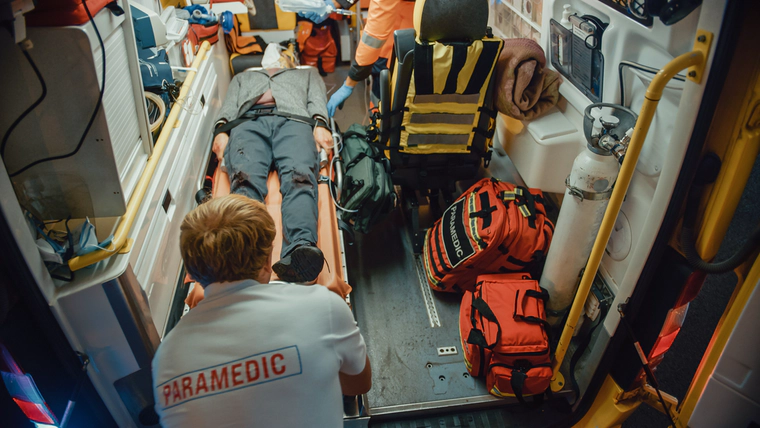
What negative effects could these individuals actually face from their use of LSD?
- Acute anxiety and depression
- Flashbacks days or months later
- Psychotic episodes that land a person in the ER
- Unpredictable effects that vary from one person to another
- Dangerous and erratic behavior
- Injuries resulting from hallucinations or delusions
- Psychological addiction after repeated use
There are also possible legal repercussions related to the use of this illegal drug.
The Fallacy of Self-Administering LSD or Other Drugs
Any person who reaches for drugs or alcohol to improve their life, job, or study is doing themselves a dangerous disservice. Less-than-ideal work results, productiveness, study outcomes, or life performance are never caused by the deficiency of a hallucinogen. In the same way, it’s obvious that failing to enjoy a night out with friends is never caused by an alcohol or marijuana deficiency. Therefore, trying to solve a life problem with a drug like LSD, alcohol, or marijuana only puts one at risk.
That risk could be addiction, toxicity, lasting psychological effects, illness, injury, or alienation of friends and coworkers.
The body and mind need certain nutrients and circumstances to perform well. Good food, clean air and water, and a friendly, safe environment are the starting points for high production in any venue. Unpredictable poisons in any form will never be a safe solution for advancement, achievement, or happiness.
Sources:
-
Monitoring the Future. “National data on substance use among adults ages 19 to 60, 1976-2021.” MTF, 2022. MTF ↩︎
-
National Library of Medicine. “Lysergic Acid Diethylamide Toxicity.” NLM, 2022. NLM ↩︎
-
PubMed. “Trends in LSD use among US adults: 2015-2018.” PubMed, 2020. PubMed ↩︎
-
PubMed. “LSD use in the United States: Trends, correlates, and a typology of use.” PubMed, 2020. PubMed ↩︎
-
PubMed. “Trends in drug use among electronic dance music party attendees in New York City, 2016-2019.” PubMed, 2020. PubMed ↩︎
-
United Nations Office on Drugs and Crime. “World Drug Report 2018.” UNODC, 2018. UNODC ↩︎
-
National Library of Medicine. “Polydrug use among club-going young adults recruited through time-space sampling.” NLM, 2010. NLM ↩︎
-
Scientific American. “Scientists Are Starting to Test Claims about ‘Microdosing.’” Scientific American, 2018. Scientific American ↩︎
-
Taylor & Francis Online. “A rare case of physical dependence with psychedelic LSD - A case report.” T&F Online, 2019. T&F Online ↩︎
-
National Library of Medicine. “Self‐medication with alcohol or drugs for mood and anxiety disorders: A narrative review of the epidemiological literature.” NLM, 2018. NLM ↩︎


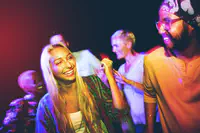
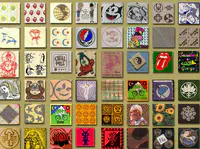

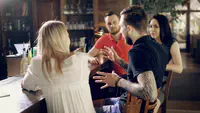
 ®
®